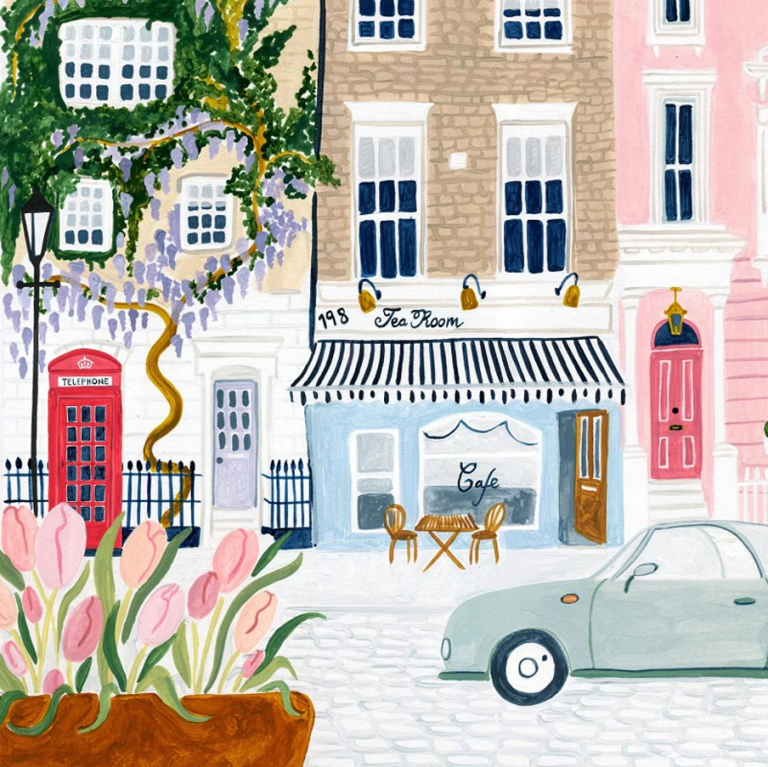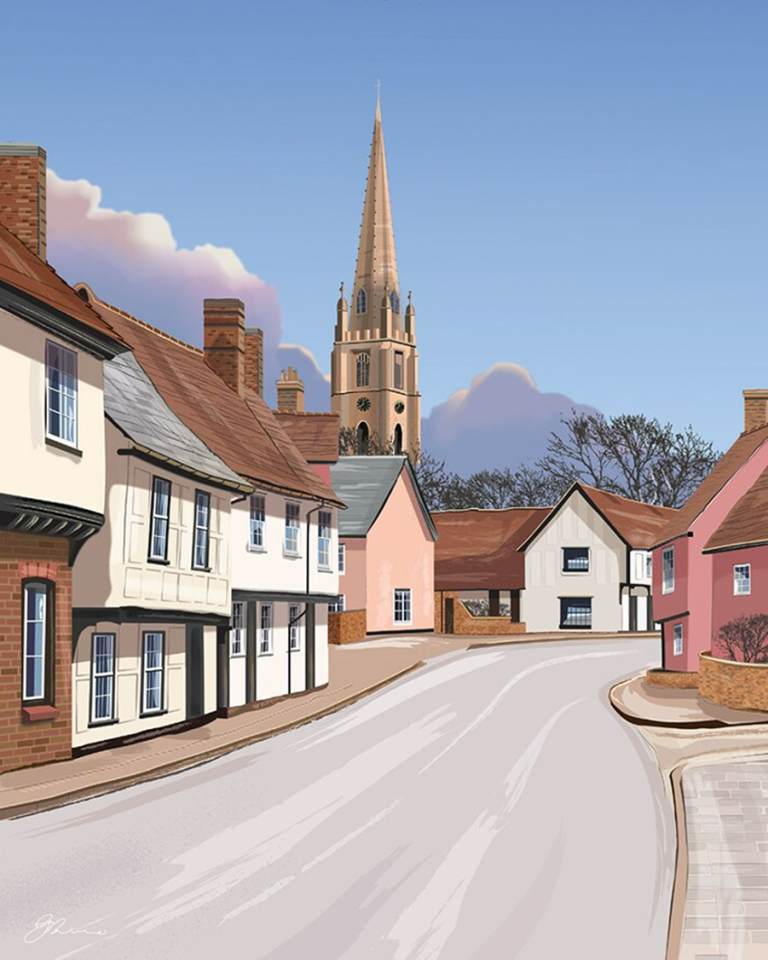
Exeter grabs your attention right away. It’s a city that feels lively but not rushed, with streets that tell stories from every century. The cathedral watches over the centre, surrounded by old stone walls, lively pubs, and a relaxed riverbank perfect for wandering.
Old meets new everywhere here. You’ll spot Roman ruins tucked behind busy shops and stylish cafés sitting in Georgian buildings. Locals know the city’s tales, and they’re keen to share a great mix of history, hidden gems, and fresh ideas. Whether you’re after classic sights, riverside strolls, or quirky trivia, Exeter won’t disappoint.
If walking in nature, always follow the Countryside Code, to keep dogs and barnyard friends safe.
A City Rooted in History
Walking through Exeter, you feel the weight of history at every turn. The city blends ancient stones with vibrant daily life, a mix that keeps locals proud and visitors curious. Layers of Roman, medieval, and Georgian legacies shape the streets. Two sites, in particular, show Exeter’s deep roots: its grand cathedral and England’s oldest public gardens.
Exeter Cathedral: Centrepiece of the City
No trip to Exeter feels finished without staring up at its cathedral. The building commands the city centre, its twin Norman towers easy to spot above shopfronts and alleyways. Step closer, and the detail hits you: delicate stone carvings, grand stained glass, and a sprawling grassy close filled with students, buskers, and locals out for lunch.
What makes Exeter Cathedral so special?
- Stunning Gothic architecture: Built mostly between the 13th and 14th centuries, the cathedral features a long, uninterrupted Gothic ceiling. In fact, its nave boasts the longest stretch of Gothic vaulted ceiling in the world at over 96 metres. The ribs and bosses overhead are mini works of art, many painted with bright reds, greens, and golds.
- The ancient library: Exeter Cathedral holds one of the oldest libraries in England, with texts dating back over a thousand years. The Exeter Book, an Anglo-Saxon poetry collection, lives here. This worn, centuries-old book is rare and priceless for anyone who loves stories from long ago.
- The famous astronomical clock: The cathedral’s medieval clock has fascinated visitors for centuries. Its ornate design shows the phases of the moon and the movement of time, and locals still pass down tales about the little hole in the door below. Legend says it was once made for the cathedral cat, to keep mice from nibbling at important ropes inside.
- History all around: Bones of Anglo-Saxon kings rest beneath its floors. During the Civil War, Cromwell’s troops stabled their horses inside. Even outside, you can find Roman walls woven into neighbouring buildings.
The cathedral isn’t just a monument, it’s Exeter’s living heart. People gather here for concerts, markets, and to take a breather. As evening falls, it glows golden, blending old and new in the city centre.
Northernhay Gardens: England’s Oldest Public Space
Just steps from the busy shops sits Northernhay Gardens. This spot isn’t just a place for a picnic or a quiet walk; it’s Britain’s oldest public open space, dating back to 1612. Built on land once used as part of Exeter’s Roman defences, the gardens have welcomed locals for hundreds of years.
The website states that only guide dogs are permitted, so find other dog-friendly parks nearby for other pooches to sniff and play. Read our post on pet-friendly gardens.
The gardens gained fresh life after the Civil War, when the city wanted to create a shared green space for everyone. Walk its winding paths today and you pass sweeping lawns, flower beds, and tall trees that have shaded generations.
The River Exe’s Place in Everyday Life
Walking along the River Exe, you see the heartbeat of Exeter outside its city walls. Paths lined with bikes and walkers follow the water south from the quay, where you can see wild swans.
Bridges shape the city’s views and stories. The historic Exe Bridge links the centre to St. Thomas and beyond, carrying traders and travellers since Norman times. Upstream, the new suspension bridge stands out with modern lines, yet fits the city’s laid-back vibe. Each crossing ties Exeter together, and over the years, celebrations and gatherings have made the bridges and water’s edge community hubs.
The Big Floods of the 1960s
While the Exe brings beauty and energy, it has a wild streak that Exeter has learned not to ignore. The most powerful reminder came in the 1960s, when heavy rains caused historic floods that swept through the city.
Riverside homes and businesses took the brunt. Water spilled over embankments and chased through lower streets, soaking cellars and sending belongings floating. Boats tied up at the quay broke their moorings and drifted into roads. For days, shops and houses near the river were cut off, and families had to be rescued by fire crews and volunteers.
The 1960s floods left a mark on everyone living nearby. Memories still get passed down about the scramble to save furniture, neighbours sharing blankets, and how the city centre itself felt cut off by rising water. The floods weren’t just an inconvenience, they halted trade and forced a rethink about safety for the people of Exeter.
The city pulled together after the disaster. Once the water receded, neighbours helped each other clear mud and replace ruined goods. Exeter Council worked with engineers to study the cause of the sudden flooding. People met in community halls to talk about what solutions might work best.
This collective effort led to big changes in how Exeter manages its river. In the years after the floods, major flood defences were built:
- Flood relief channels: New waterways were dug beside the main river, allowing excess water to be diverted safely during storms.
- Embankments: Riverbanks were raised and reinforced with concrete and earth, helping protect homes and streets that had flooded before.
- Pumping stations: Modern systems were installed to pump water away quickly during a flood risk.
- Improved warning systems: Community alerts and better forecasting meant people could prepare sooner if another flood threatened.
These changes have held off serious floods ever since. When storms hit now, the city’s defences kick in. People still keep an eye on the river when heavy rain falls, but most trust the work done since the 1960s. Read our post on how to prevent floods.
Exeter’s High Rate of Rough Sleeping
Outside of London, Exeter has England’s highest rate of rough sleepers, with over 40 people each night sleeping in doorways, under bridges, or wrapped in coats along the city’s edges. Help is provided locally by Julian House and St Petrock’s.
If you see someone sleeping rough, send a report to StreetLink, whose outreach teams visit rough sleepers at night, to alert them of support to find benefits (which can be collected from local post offices using the government’s Payment Exception Service) and accommodation (if the person is under 18, call 999). Also read how to help rough sleepers that live with dogs.

Participating shops and cafes can receive window decals to promote BillyChip, which local people and tourists can buy to give to homeless people. These can then used to buy hot drinks and meals, or pet food. This keeps homeless people and their dogs safe, without cash which could be robbed.
Birthplace of Coldplay’s Chris Martin
One of the city’s proudest connections is Chris Martin, lead singer of Coldplay. Chris was born in Exeter (his grandfather was the mayor) and grew up in nearby Whitestone. His schooldays took place at Exeter Cathedral School and later Exeter College, both set against the city’s historic heart.
Creativity does not stop with one famous name. The city quietly inspires artists, musicians, and writers every year. From music festivals on the quay to poetry readings in indie bookshops, Exeter feels comfortable with fresh ideas and big dreams—no big city attitude required.
England’s Longest Unsolved Murder
In 1997, a tragic murder took place when local girl Kate Bushell was walking her neighbour’s dog (Gemma was later found wandering the area, alerting police to her being missing). Her murder was similar to that of Lyn Bryant (also from Devon), and today neither murder has been solved.
It’s hoped that soon they will be due to new DNA technology. Meanwhile, information can be given anonymously to Crimestoppers (a £20,000 award remains in place).
Conclusion
Exeter wraps together deep history, tight-knit community, and everyday surprises in a way you feel as soon as you arrive. From cathedral stones to riverside paths and stories of courage, the city wears its past and present with pride.
There’s always more to uncover here, whether you’re a visitor or a local on the lookout for something new. Thanks for joining in, and if you’ve got your own Exeter stories, share them. Let this guide be just the start of your own city adventure.






